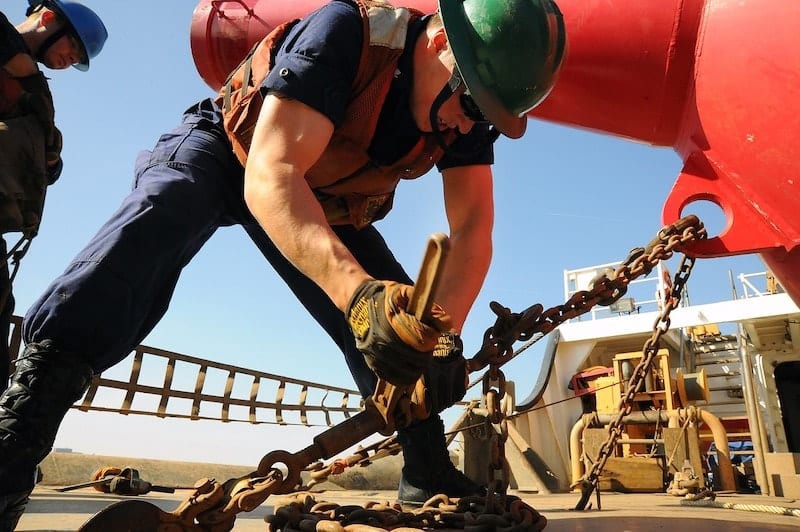August Update
Choose physio for Tradies Health
August is Tradies National Health Month and the focus is on you. Your back. Your shoulders. Your knees. And let’s not forget the muscles you use day in, day out. We get it, there’s a lot that goes into your trade. In fact, 2019 research revealed 60% of tradies often have aches and pains as a result of their job and we’d like to help. We can provide expert advice, specialist treatment, tailored exercises and so much more. Your body deserves it.
Why is tradies health so important?
Physically demanding trade jobs can cause and exacerbate a range of injures. It’s not surprising that tradies are overrepresented in workplace statistics compared to other workers. The average time off work due to serious workplace injury is 5-6 weeks, which is time many tradies simply can’t afford. Quite simply, tradies rely on their bodies for work—their bodies are their primary work tool. If it breaks down or becomes incapacitated through injury or chronic illness, they can’t work to their full ability.
What is the most common injury for tradies?
Backpain is the most common injury experienced by tradies, as it is the part of the body involved in almost all the tasks that tradies undertake at work. Other common injuries for tradies include:
- shoulder issues related to repetitive reaching and holding actions with the arms
- knee injuries related to repetitive bending to the ground
- ankle sprains related to working on uneven ground.
I’m a tradie, how can I look after my health better at work?
Given the physical nature of a tradie’s work, it’s important that you go home safe, well and ready for action again the next day.
- warm up each morning before you start work with some targeted stretches, such as quadricep stretches (front of the thigh) if your work involves lots of squatting
- pace your workload and rate throughout the day to avoid issues related to overuse and fatigue
- communicate well with your workmates to ensure you are working in the most efficient and safe manner
- don’t put yourself at risk of injury by rushing
- be willing to say ‘no’ when required to ensure both your own safety and that of others, even if it might make you unpopular at that moment. Worksite supervisors and employers are legally responsible for safe worksites and conditions and will be held accountable if there are breaches of work site regulations
- seek advice from your physiotherapist if you experience any aches or pains that are persistent, rather than waiting till it’s bad enough to stop you from continuing work
- manage injuries immediately with the RICE method (rest, ice, compression, and elevation).
How can physiotherapy help tradies?
1. Physiotherapists have an extensive understanding of the work-related factors that can contribute to musculoskeletal pain and can provide a comprehensive assessment of the policy and procedures of your workplace to identify risks and recommend appropriate control measures.
2. Regular on-site Physiotherapy can help for the early assessment and treatment of work-related niggles to help prevent them from becoming an injury and requiring time off.
3. Physiotherapists can diagnose and treat musculoskeletal injuries that may occur in the workplace, and provide appropriate return to work strategies, that will aim to minimize time lost due to injury.
Despite your best efforts, jobs involving manual and repetitive tasks will, from time-to-time, result in aches and pains. It is best to see your physiotherapist early before the issue progresses to something more serious.
Your physiotherapist can advise you on how to manage your work without making the issue worse, along with providing treatment and exercises to assist in a speedy recovery.
Lifting techniques tips
Many workplaces emphasise and re-emphasise the importance of lifting properly to protect our health, and despite this, we spend a lot of time retraining lifting.
Here are some quick tips to follow if you want to avoid a trip to the physio!

- Backs hate bending, lifting & twisting. So if you have to lift, minimise the bending and definitely don’t twist! Use your feet to turn your body, not your back.
- Have the item as close to you as possible, before lifting
- Use your legs & bend your knees to keep that back happy
- Don’t lift from the floor to high all at once. Plan the lift to do it in a few stages.
- If it’s too heavy, get some help. Don’t do it alone.
